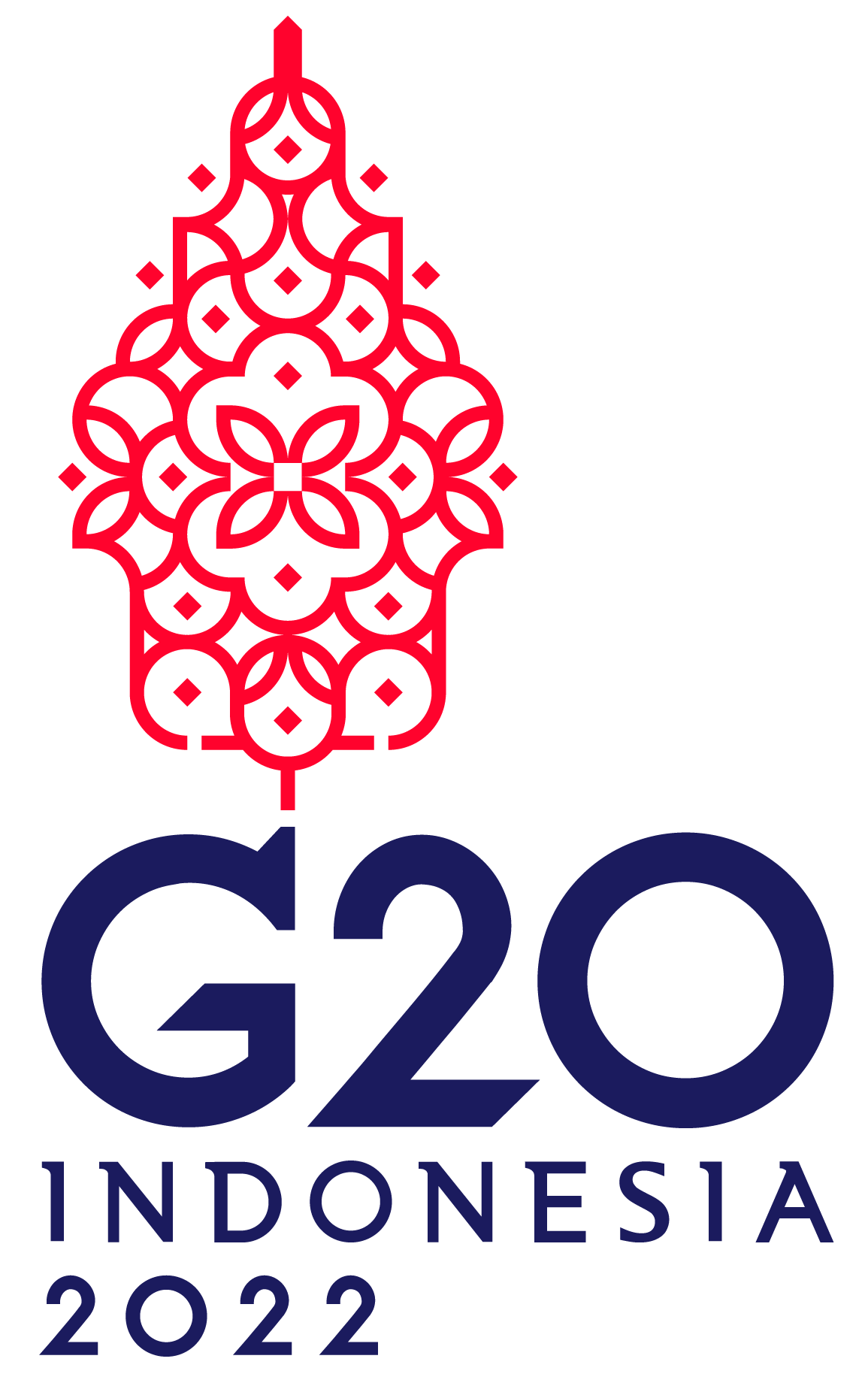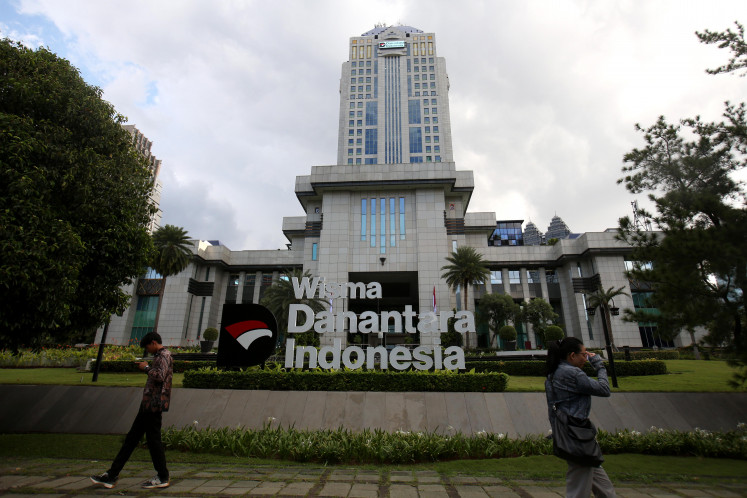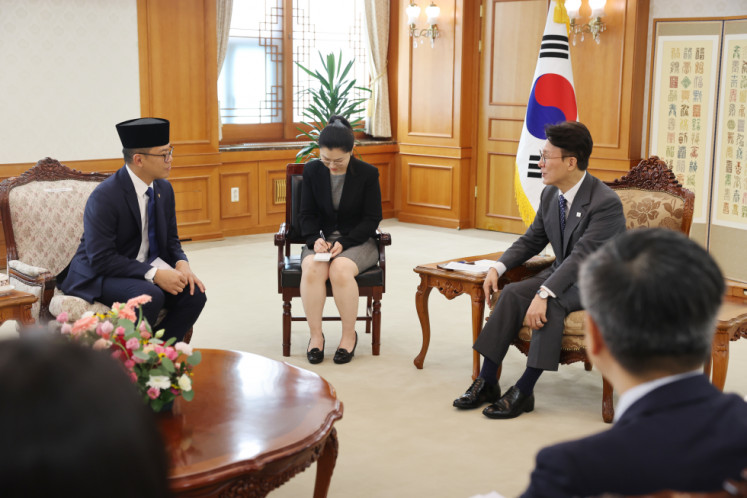Popular Reads
Top Results
Can't find what you're looking for?
View all search resultsPopular Reads
Top Results
Can't find what you're looking for?
View all search resultsManaging tensions between developing, developed nations post-COP26
Despite 12 years of promise-making, developed countries still deny having agreed upon a definition of their climate financing promise.
Change text size
Gift Premium Articles
to Anyone

Weeks after the conclusion of the United Nations Climate Change Conference (COP26), skepticism remains widespread over the meeting’s so-called achievements. Did the parties keep the 1.5 degree Celsius goal alive?
Before COP26, the world was moving toward an additional 2.7 degrees of warming by the end of the century. With updated Nationally Determined Contributions (NDCs) and various pledges to reduce greenhouse gas emissions, it is believed that the world is now on the path to a 2.3 degree temperature rise. It is well recognized that closing the gap and keeping the 1.5 degree cap alive will only survive if promises are kept and commitments translate into rapid action.
However, COP26 seems to have been a battleground for two groups: developed countries versus developing countries. Everyone seems to be wanting the same thing (which is for the world to be saved) but very few are aboard the same train. This dynamic has drawn more attention to the escalating tensions that might lead to a breakdown of trust between parties.
The most important trust-breaking issue has to do with climate financing. Developed countries once again failed to deliver the promise of US$100 billion in climate financing to assist less developed countries in the fight against climate change. The number is miniscule compared to the estimated $2 trillion to $4 trillion per year of climate financing needed to keep the 1.5 degree target within reach. It is kept as a mere icon of the good faith and trust of developing countries.
Yet, that trust has been broken. Despite 12 years of promise-making, developed countries still deny having agreed on the definition of this climate financing promise. Without a clear and transparent definition of climate financing, it is easy to greenwash high-interest projects as climate-related or count them as grants rather than loans.
Another source of tension seems to be predominantly rooted on the justice issue, in which the responsibility and capacity to address the climate crisis should be in balance.
However, the reality on the ground is different. Developing and especially poor countries are responsible for only a small fraction of the cumulative greenhouse gases in the atmosphere, and yet they are the ones living the nightmare of the climate crisis. With warmer climates, weather becomes unpredictable, happens over wider regions and creates more severe impacts that may lead to a higher chance of having multiple crises at once.
Developing and poor countries do not have enough capacity to recover and rebuild from climate disasters. They are also struggling with adaptation policies to reduce their vulnerability to climate change. These include financing for climate-proof infrastructure, capacity for reliable early warning systems and establishing necessary social protection programs that can cover climate-induced economic crisis.
Furthermore, developing and poor countries have limited capacity for mitigation. Their energy demand will be higher and will remain carbon-intensive for the foreseeable future. Although the average unit cost of renewable energy has fallen significantly over the years, clean energy is still relatively expensive in developing countries.
According to the Experts Dialogue on Green and Just Recovery organized by the German Development Institute (DIE) and the Centre for Strategic and International Studies (CSIS) in September, the cost of implementing renewable energy in Indonesia is five times greater than in Germany.
A failure to shift to a lower-carbon economy would subsequently cost developing countries through higher barriers to trade. The development of Carbon Border Adjustment Mechanisms by the European Union and the proposal of a climate trade club by Germany are concerning for many developing and poor countries. And there is still no forum that can accommodate just negotiation regarding allegedly discriminatory rules in the new global trade system.
The implications of the distrust would be overwhelming, as climate security is a global public good that requires an aggregate global effort (Barrett, 2007). If the tensions lead to the disengagement of developing nations because of lack of capacity and trust, the 1.5 degree target will be out of reach.
Developed countries need to step up their contributions to climate justice based on their responsibility (historical emissions) and capability (level of development). And developing and, especially, poor countries have the right to demand a fair share of the global carbon budget to allow them room to address domestic issues, like poverty.
In this respect, global governance is needed to safeguard the progress made so far in COP26 from being undermined by this tension. For instance, international bodies such as the UNFCCC’s Global Climate Fund (GFC) could play role in taking stock of climate financing needs, particularly in developing and low-income countries, providing a platform for greater resource pooling, ensuring transparency and balancing between mitigation and adaptation.
The World Trade Organization should also take a stand on international trade. Immediate resolutions are needed to address subsidies for dirty goods and barriers to trade for environmental goods and services. The WTO should prevent the discriminatory aspects of climate-related measures (such as CBAM) while taking climate justice issues in hand. The 12th Ministerial Conference in December could serve as an appropriate platform to address emerging and conflicting issues related to trade, the environment and climate.
With climate-related policy becoming more mainstream, Indonesia should be ready with responses. However, instead of a passive responsive to crisis, it is better for Indonesia to have a preemptive and well-planned climate strategy while at the same time developing narratives that are in line with developing countries’ situations.
Indonesia’s Group of 20 presidency in 2022 could be used to leverage developing countries’ aspirations and perspectives to achieve greater cooperation in the fight against climate change.
***
The writer is a researcher in Department of Economics at the Centre for Strategic and International Studies (CSIS).










